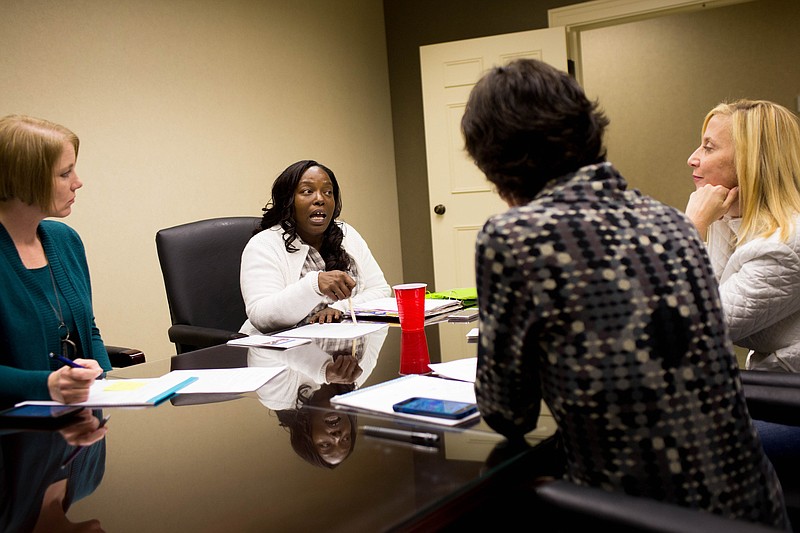Teenagers in rural areas are more likely to get pregnant than those in urban areas, according to a new study by the federal Centers for Disease Control and Prevention.
Health experts say that is probably because rural teens have more limited access to contraceptives.
"They are probably getting less access to the most effective methods of birth control - IUDs and implants," said Rachel Schulson, executive director of A Step Ahead, a nonprofit group in Hamilton County that provides access to long-term implantable contraceptives.
But interest in continuing their education is also a factor, according to Bill Albert, spokesman for the National Campaign to Prevent Teen and Unplanned Pregnancy.
"Young people in rural areas were less inclined to say, 'I'm going on to college,' and that is significantly linked to a higher teen birth rate," he said. "Having a child or fathering a child and trying to complete your education is challenging to say the least. But if you have decided that 'I've done my high school and that's where I'm stopping' perhaps delaying childbearing may not be as pressing."
The good news overall is that teen pregnancy has dropped significantly since 2007, by 50 percent in urban areas and 37 percent in rural counties, according to the CDC report.
In rural counties in 2015, 30 teenagers out of 1,000 became pregnant, compared to slightly less than 19 in urban counties.
Tennessee followed that national trend, as did Hamilton County.
"Over the state of Tennessee, if you look at all of the metro areas, Hamilton County had the highest rate of decline - the rate of change was 53.8 percent," said Pam Gilreath, manager of the family-adult health clinic at the Chattanooga-Hamilton County Health Department.
The variation between urban and rural counties was present across racial and ethnic categories. Some 26.8 percent of rural white teenage girls became pregnant, compared to 10.5 of urban white teen females; 39.6 percent of rural black teenage females were pregnant, compared to 29.1 in urban counties; and 47 percent of Hispanic females in rural areas compared to 31.4 in urban counties.
The CDC has a complex formula for deciding whether a county is rural or urban, with both the inner city and its suburbs included as urban. Some 57 of Tennessee's 95 counties were defined as rural, compared to 38 listed as urban or suburban.
Lowering the teen birth rate has been a key goal for health officials. When teenage girls get pregnant, "they are not able to complete their education, they don't have any income," Gilreath said. "These kids are not emotionally ready to have children."
Gilreath said the health department has long promoted family planning.
"We like to say that a planned family is a healthy family," she said.
While she said she had no opinion on why the rate of teen pregnancy was lower in urban than rural areas, Gilreath said better access to education and birth control may be the difference overall in lowering the pregnancy rate.
"When we bring women in all across the spectrum, we want to help them prevent an unwanted pregnancy, or if they are desiring to get pregnant, we help plan it through pre-conceptual counseling," she said.
Teens increasingly are using LARCs - long-acting reversible contraceptives - which are a more reliable method of contraception than taking a pill or convincing a partner to use a condom, Gilreath said.
Albert agreed that access to proper contraceptives is key.
"You can make a case that everybody has access to condoms, that the cost and access don't matter there," he said. "But when you are talking about other methods of birth control - the pill requires a visit to a doctor, and if the doctor is 60 minutes away, that is a problem."
But Albert also noted that the differences between rural and urban areas should be kept in perspective. "One of the nation's great success stories over the past two decades," he said, "has been this historic decline in teen pregnancy and child birth, in all 50 states, in all ethnic and racial groups, and in both rural and urban areas."
Contact staff writer Steve Johnson at 423-757-6673, sjohnson@timesfreepress.com, on Twitter @stevejohnsonTFP and on Facebook, www.facebook.com/noogahealth.
